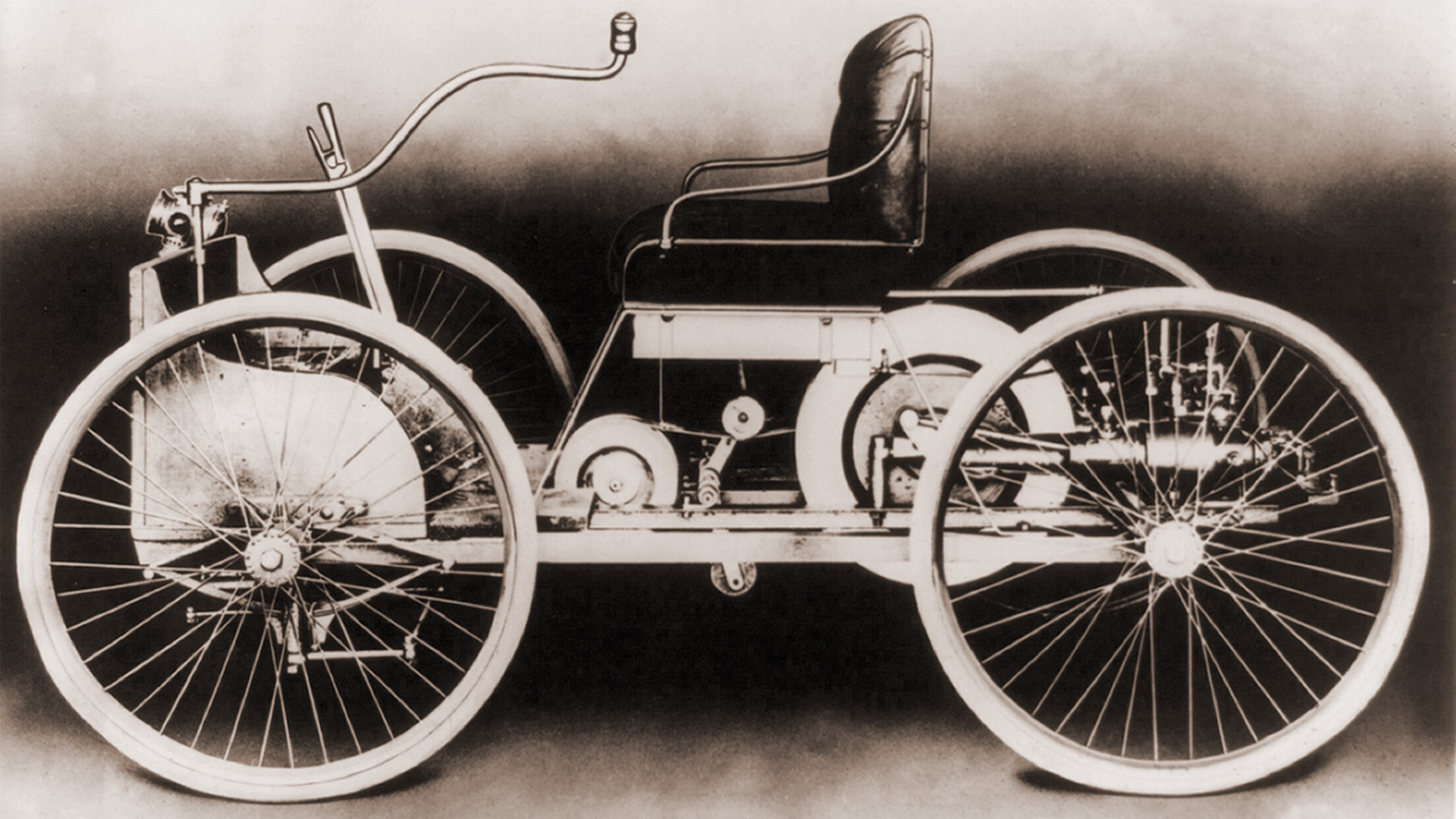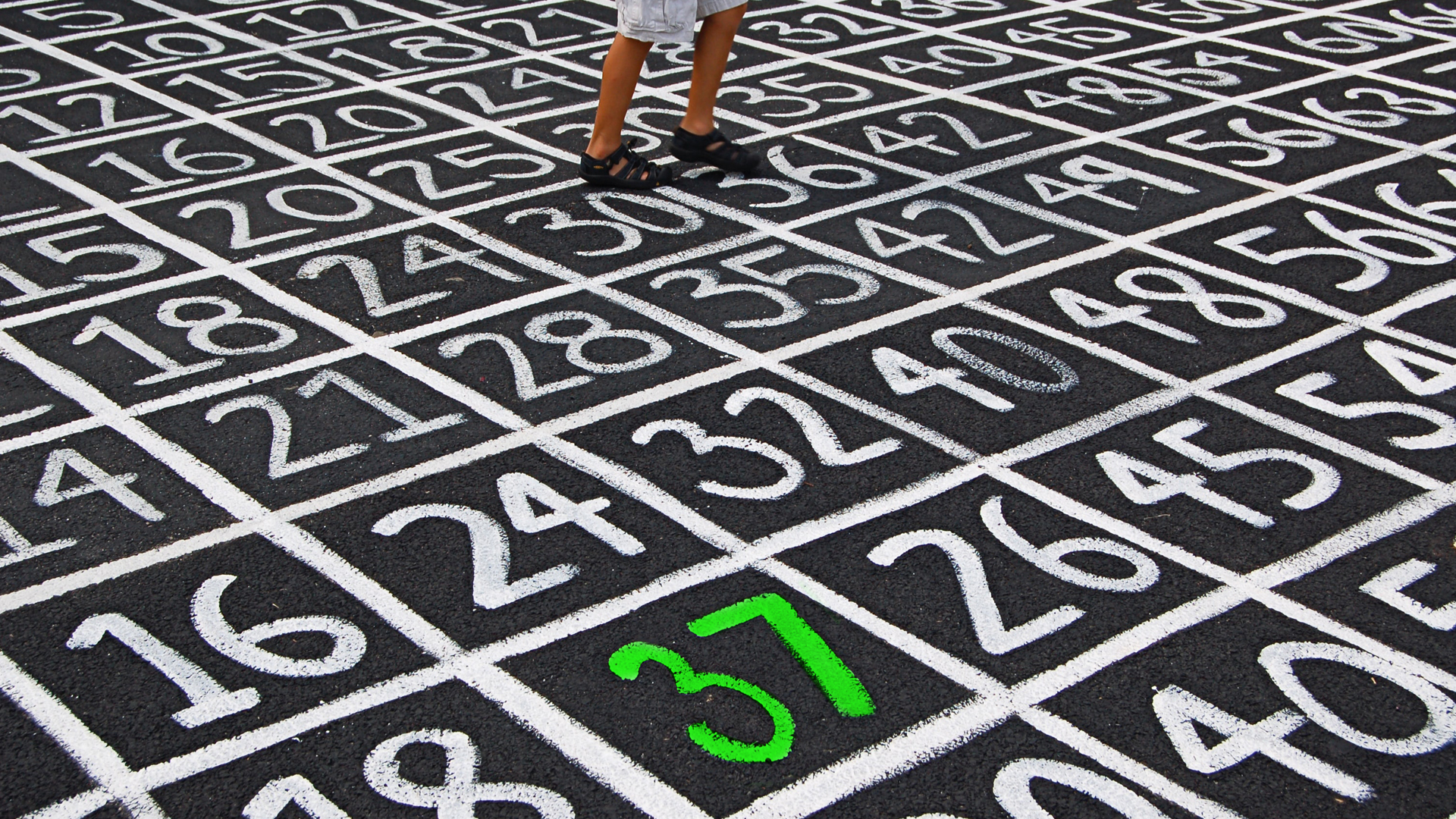When you design a product, you’re looking to try to solve a problem for potential users.
Yet have you ever noticed that if you ask a bunch of people, whether patients or fellow podiatrists, what problem they need to be solved by a product, then you get a multitude of answers?
For example, with podiatrists, you might hear responses like these: Shorter days! Less administration! More money per consult! The list goes on. The reality is that everyone wants different things.
So, if you want to design a solution for a large number of people… how can you ensure you’re designing something that the group, and not each individual, wants? It is surprisingly simple.
I’m not here to pull out a corny, overused quote, like Henry Fords’;
“If I’d asked customers what they wanted, they would have told me, ‘A faster horse!’”.
Nope, instead I will give you a key takeaway to help you navigate through the confusing amount of responses you get.
And I am sorry if you hate them, but it involves numbers. Well, one number to be exact, and that number is 37.
The power of 37
While you will hear lots of different responses when it comes to what your patients (or fellow podiatrists) want, your job is to narrow down to the four, five or six most common answers.
From now on, all your remaining research doesn’t involve the question, ‘What is your biggest problem?’ Instead, it is: ‘From these four to six options, I want you to allocate a total of 37 points. Give more points to the options that are bigger problems you want to be solved.’
The individual can then methodically allocate points according to what is most important to them across the various options.
But, why 37? Why can’t we do 40? This is a simple and vital trick.
The secret in the number
After I engaged people myself with a number like 40, I kept seeing responses like eight, ten and 12 across four options. It became apparent they’d divide 40 by 4 and centre their responses of the number 10.
However, when I gave them 37-points, they could no longer divide. They took longer to allocate points because they’d total up to 36, 38 or 39; they really had to think about their responses.
What does all of this give you? Well, after you talk to everyone, you now have a quantitative analysis of what people want. Sum up all the responses to each problem and let the numbers tell you the story.
Now you know which problem affects more podiatrists (or patients) and by how much. So go ahead and solve that one!
Good luck.




